|
The Churches of Fillmore
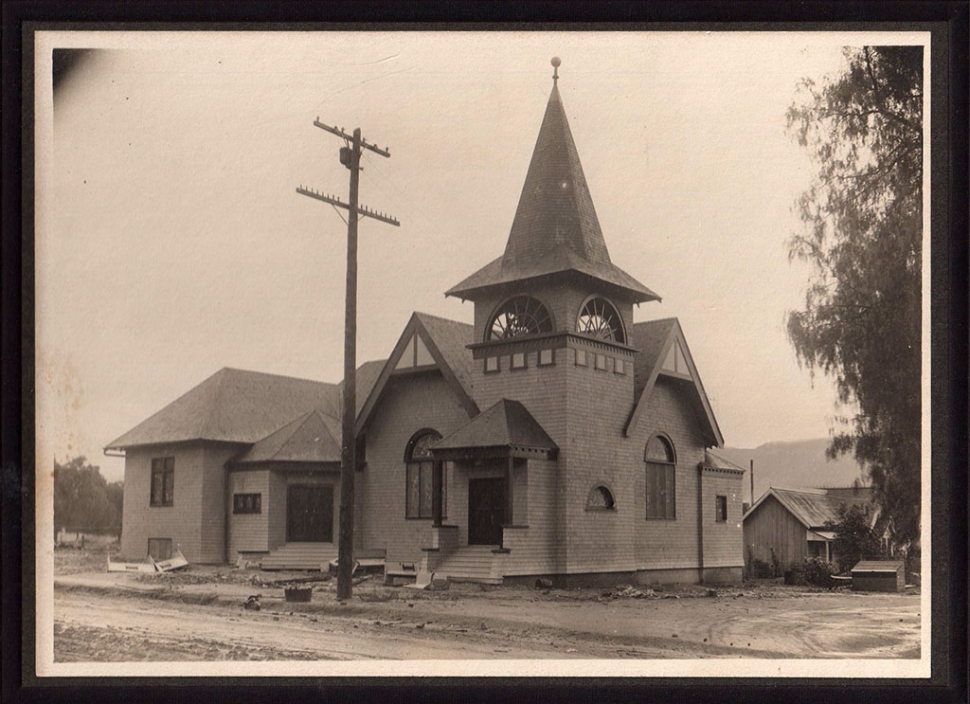 The First Presbyterian Church on Sespe and Clay Street. The original church building was destroyed by a fire in 1912. Photos courtesy Fillmore Historical Museum. By Anonymous — Wednesday, March 17th, 2021
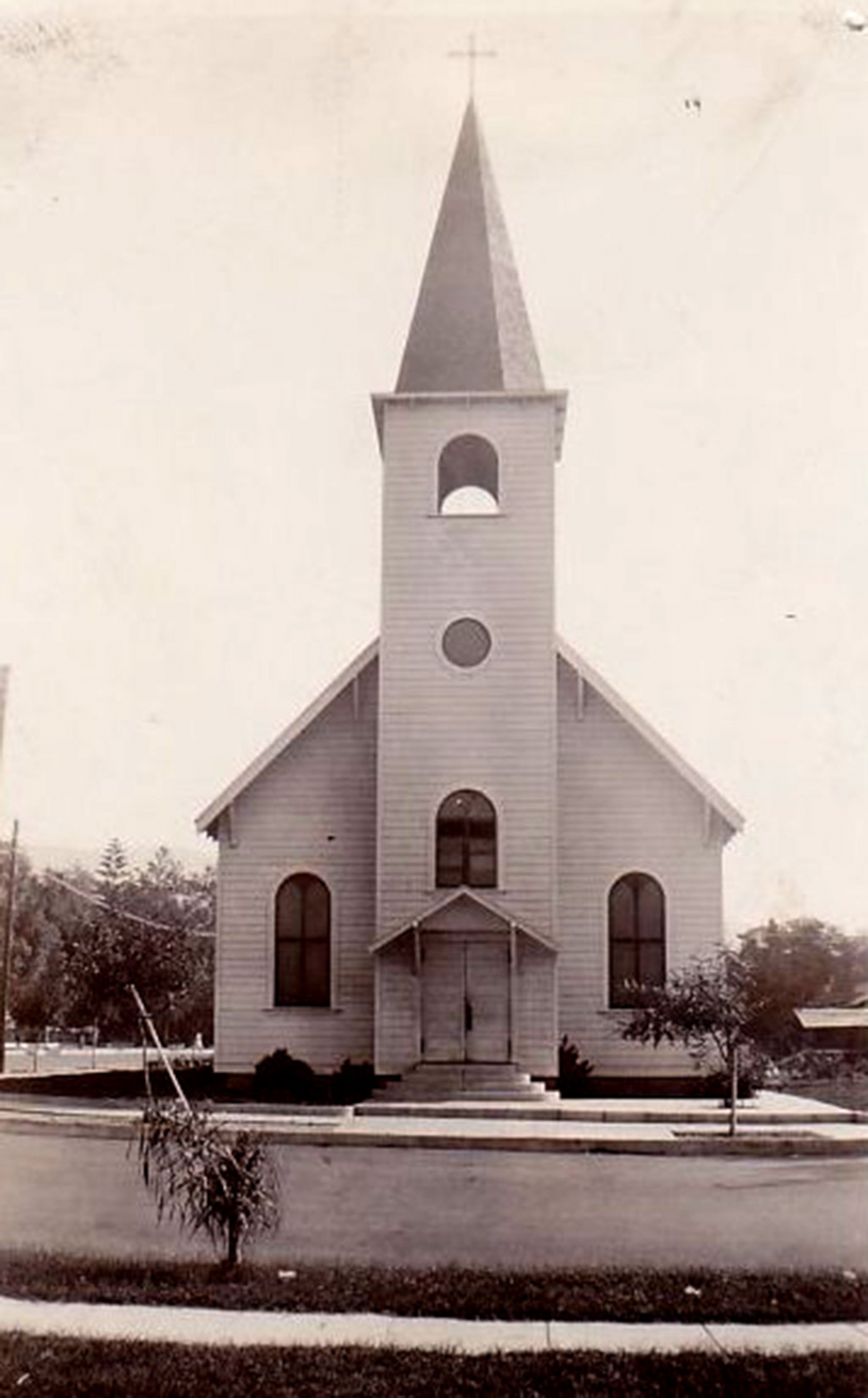 Catholic Church circa 1925. 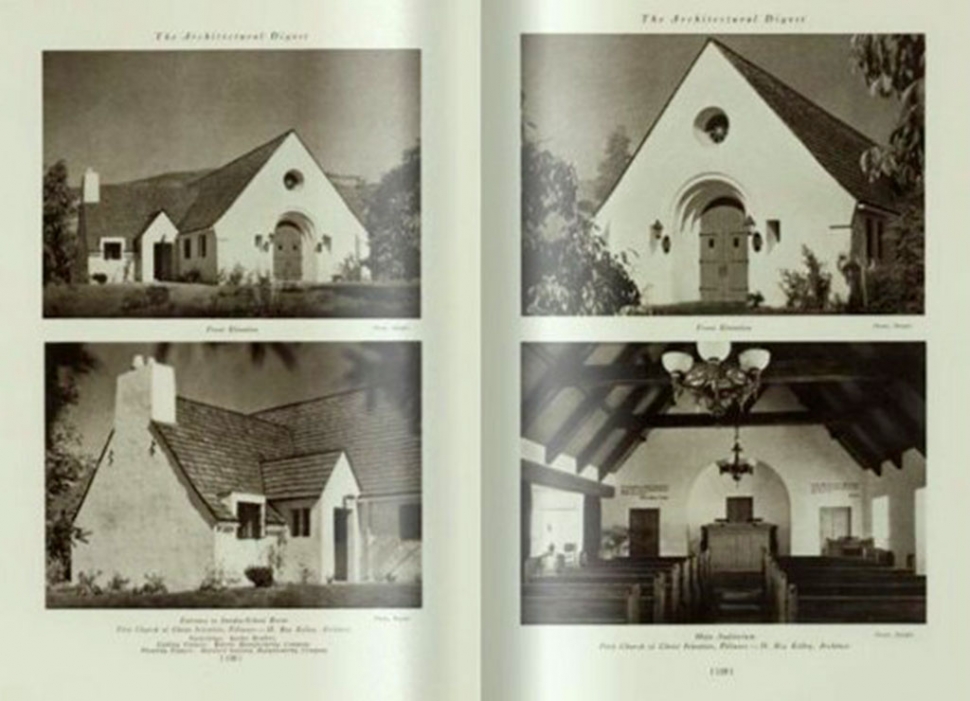 Architectural Digest photos of the Christian Science Church. 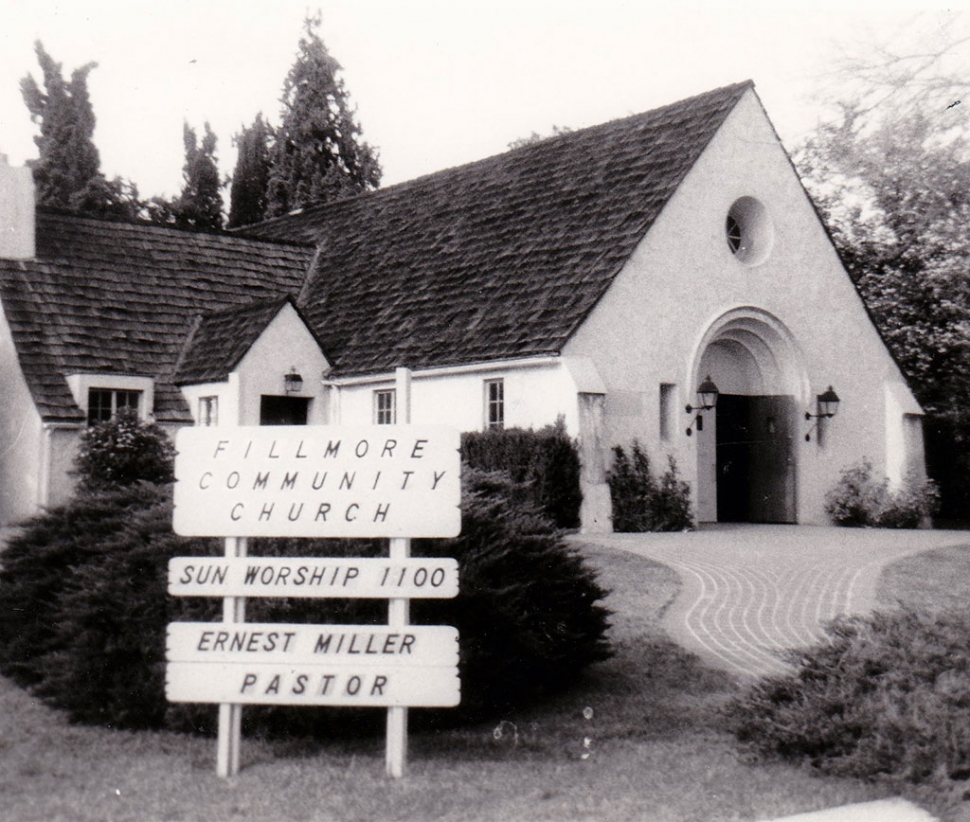 Fillmore Community Church. 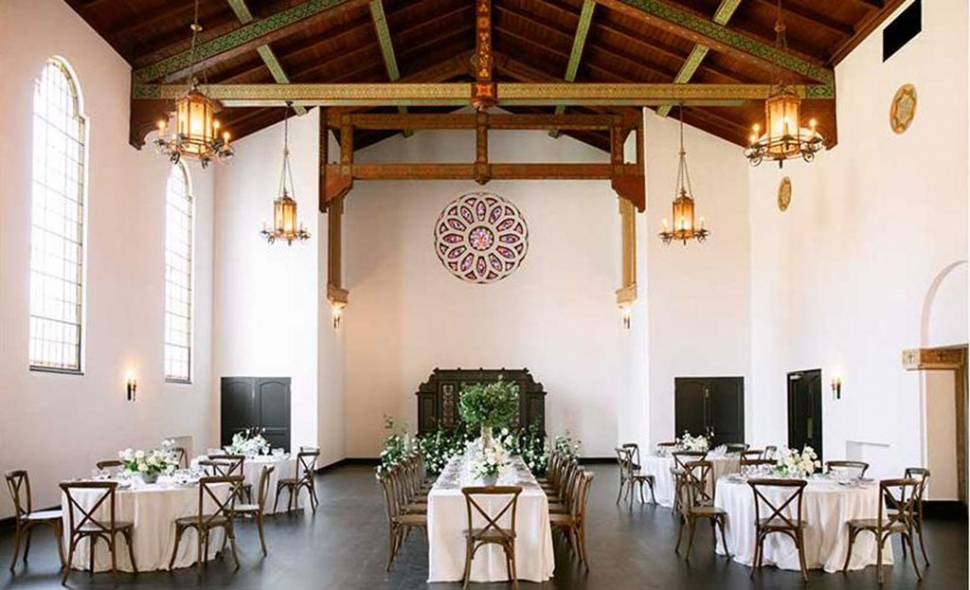 The former sanctuary at the Presbyterian Church, now an event space. Photo courtesy Fillmore on Central. 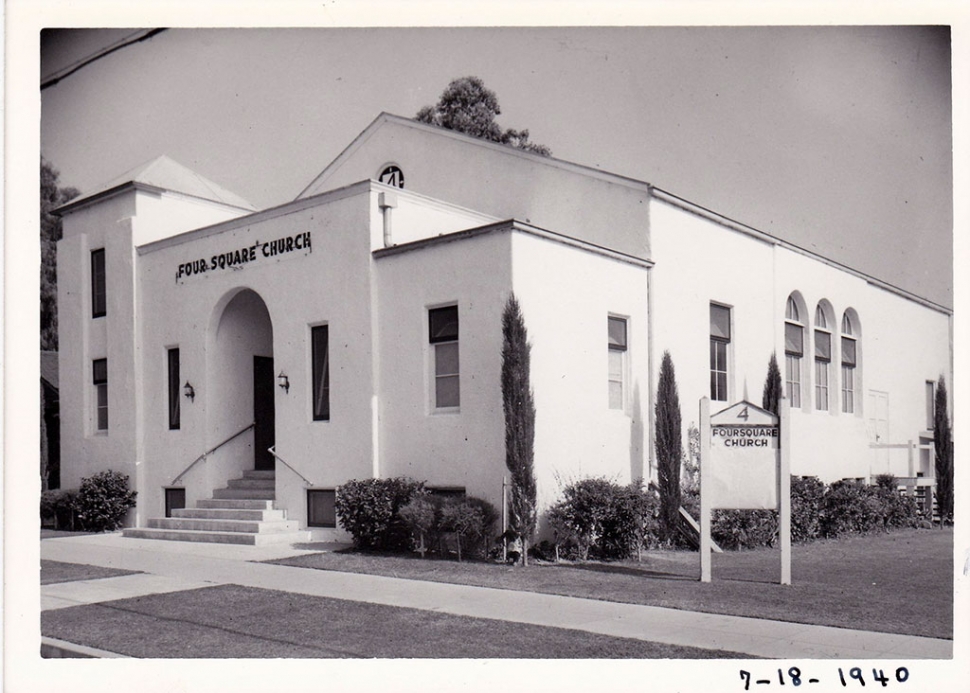 New Foursquare Church on Sespe circa 1940. 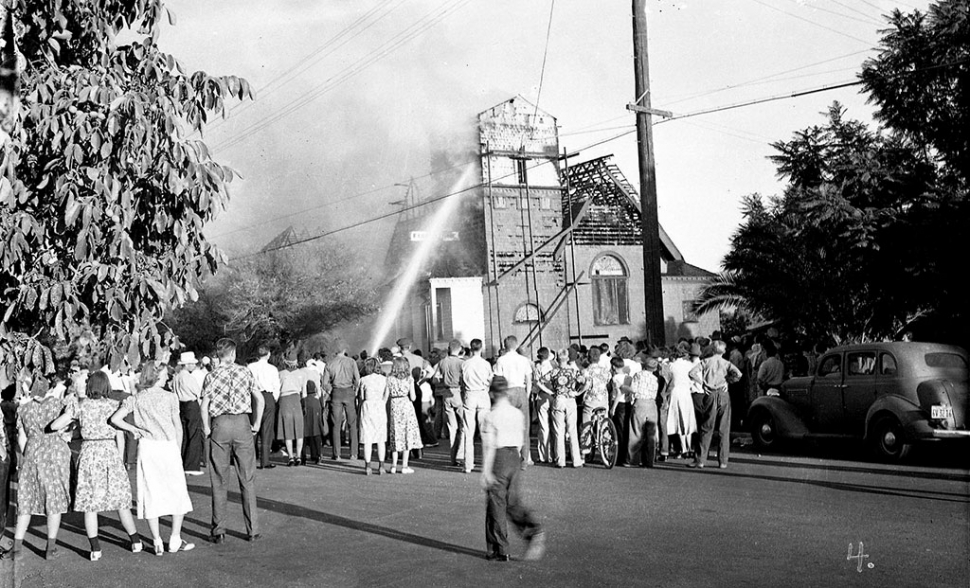 Fire at Foursquare Church 1939. 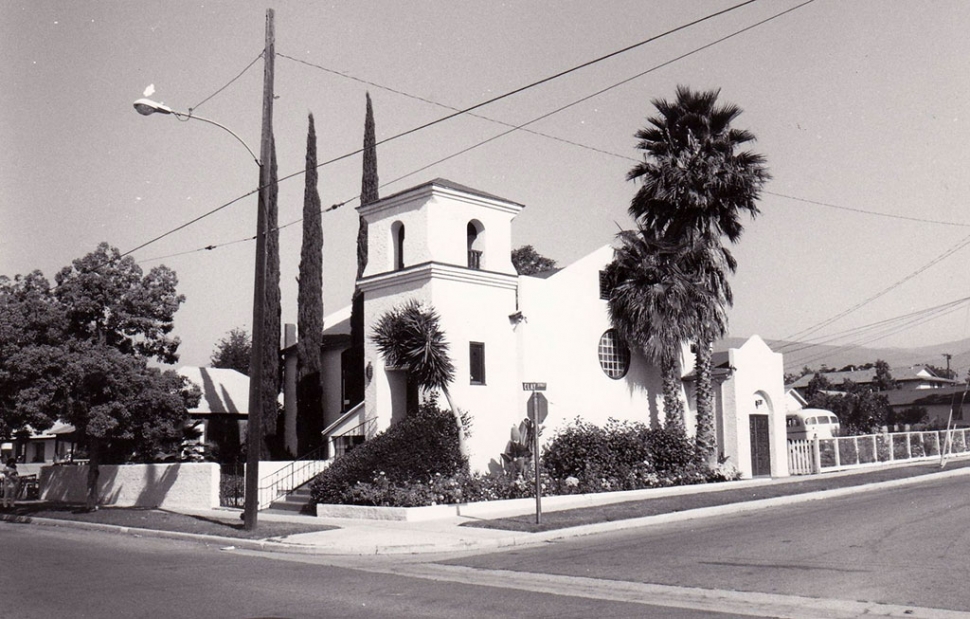 Mexican American Methodist Church - Asamblea De Alabanza. 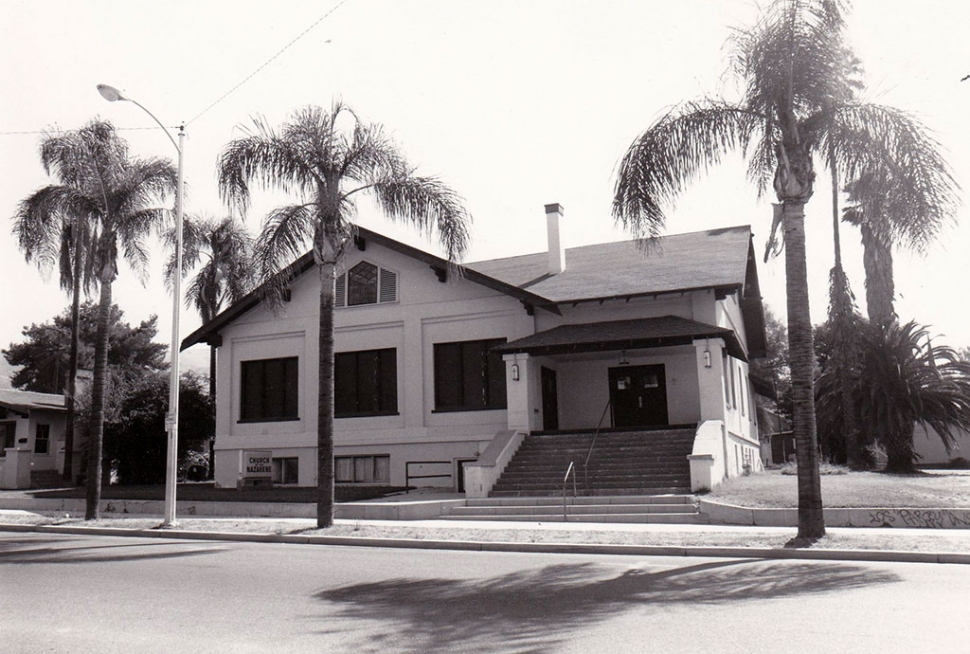 First Brethren/Church of the Nazarene. 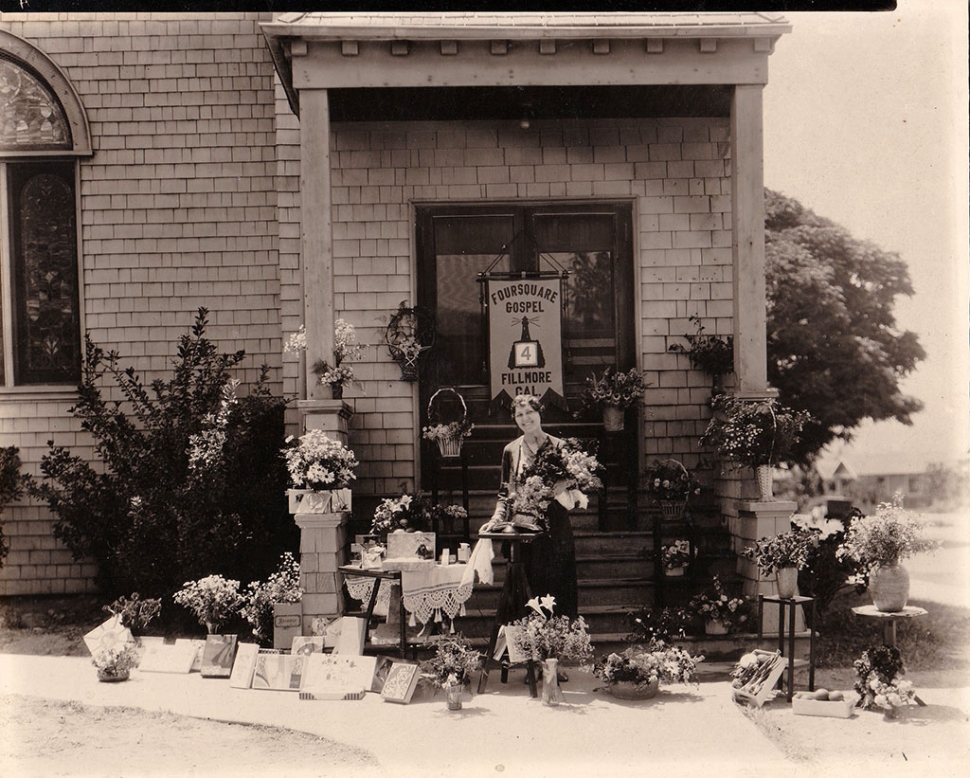 Olga Graves visiting Foursquare Church circa 1938. 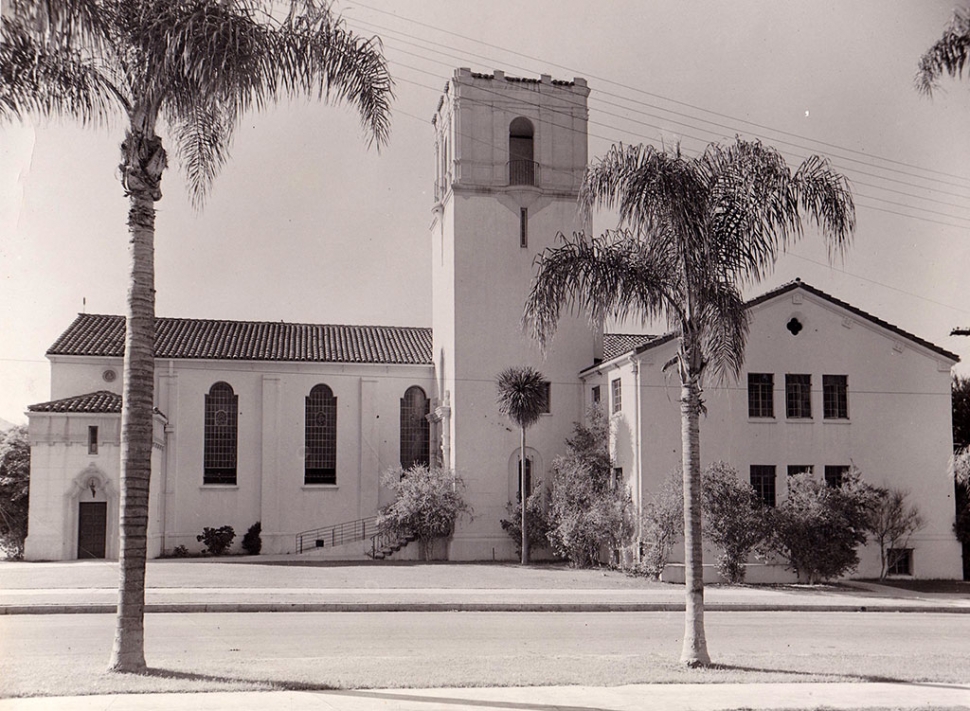 Presbyterian Church on Central circa 1935. Courtesy Fillmore Historical Museum One of the regular readers to this column requested more information on the various “vintage” churches. The first three decades of the twentieth century was a golden age for church architecture in Fillmore. The town was incorporated in 1914 and some stability had come to what had been a rather wild west town. In 1912, a Catholic Church was built on the corner of First and Central on property donated by Leon Hammond. A simple, wood structure which would have been at home in a New England village was erected. By the mid-seventies, the congregation had far outgrown its capacity and St. Francis of Assisi Church was built on Ventura Street. The original building is now a private residence. Shortly after the Catholic Church was built, down the street the First Brethren Church was completed in 1918 on Central, just north of Sespe. In 1978 the Church of the Nazarene moved to the building from its former home at 962 Third Street. Its presence anchors the 400 block of Central Avenue. The Presbyterians congregation was organized in 1889 on the corner of Clay and Sespe. The original building was destroyed by fire so in 1912, a new, larger structure was built. The congregation remained at the location until 1929. The new Presbyterian Church was an impressive, Spanish revival structure on the southwest corner of First and Central. The fundraising for the new building was spearheaded by Mr. and Mrs. W. H. Price. The construction of the church was followed closely by the community. It was built by local builders, Hasting and Yeakle. It later became Faith Community Church and is now a private event space, Fillmore on Central. When the Presbyterian congregation left the building on Sespe for the new building on Central Avenue in 1929, the Full Gospel Tabernacle, led by Rev. Elmer Gottschalk, which had been holding services at 352 Fillmore, moved in on February 1, 1930. For reasons that are hidden in the mists of time, they closed in May 1930. The building did not stand vacant long. Foursquare Gospel Light Church had been started a few years earlier was a branch of Aimee Semple MacPherson’s Angelus Temple Foursquare Church in Los Angeles. It had been meeting at Central and Santa Clara in the former Fillmore State Bank building. They moved into their own church building in May of 1931. Besides its own pastor, if often hosted guests such as radio evangelist, Olga Graves, who had a national following. Unfortunately, on September 23, 1938 in the late afternoon, the wood frame building caught fire and was destroyed. The fire department found the cause to be juveniles “playing” in the outhouse next to the structure. Suspicion was the juveniles involved were probably smoking. The Congregation moved to temporary quarters at 361 Central Avenue. A new building on the same site was completed the next year in May. A clean lined building that called to mind the “foursquare” name of the domination, it remained the Foursquare Church until just a few years ago. The location is now in its fourth incarnation as Sembradores Church. Finishing off this era of church building on Central Avenue (no slight intended to more modern structures), is what is now the Wayfarers Chapel Lutheran Church at Second and Central. This building was built in 1929 for the Christian Science Church. It was designed by award winning architect H. Roy Kelley and was highly praised for its beauty and simplicity. It was later purchased by Rev. Ernest Miller and became the Fillmore Community Church. It continued as the Fillmore Community Church until Rev. Miller’s death in 1982. Not all the era’s churches were built on Central Avenue. The Mexican American Methodist Mission Church was built about 1922 on the corner of Clay and Main Street. The church was founded by Reverend Dr. Vicente Mendoza with financial backing from George N. and Hattie King. In 1971 the Asamblea de Alabanza Cristiana Church took over the building. These buildings are a testament to the optimism and dedication of the early settlers in Fillmore. They were built to last, and they have. |
